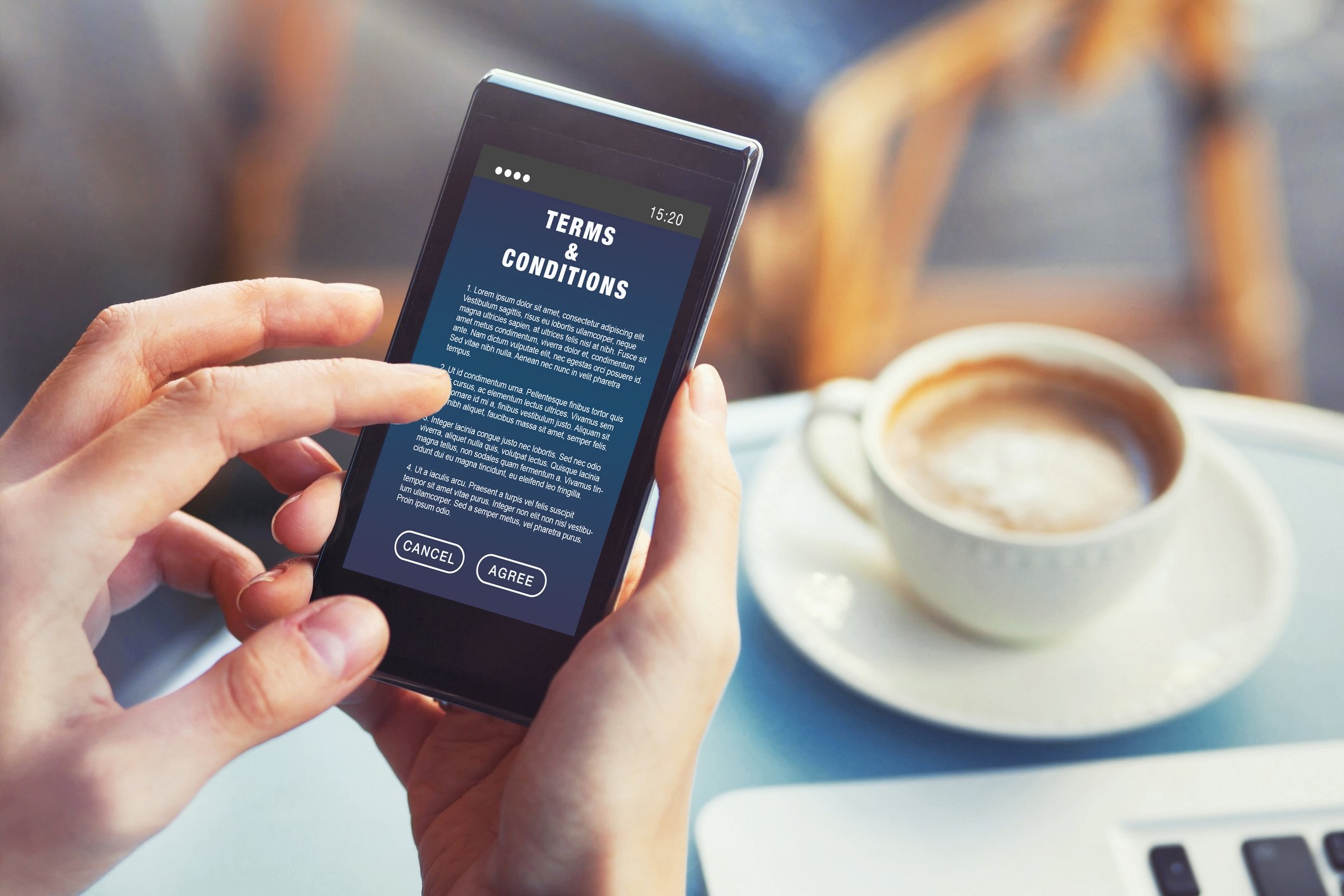Top 5 B2B Loyalty Marketing Trends for 2021
By Ko de Ruyter, Debbie Keeling and David Cox, the Loyalty Doctors
We have reached that point in time when we sit back, relax, and reflect on our expectations for the upcoming year by gazing into our crystal ball. But, it feels different this time. Initially, all we could think was ‘Wow, did 2020 just really happen?’. Then we realised that, although a light is shimmering at the end of the Covid tunnel, what has happened is very much casting a shadow on what will happen in what hopefully will be the beginning of the post-Covid period. We know that things may never be quite the same and that we will have to define the new normal in so many ways. So, in that spirit, here it is, our vision of the future of the Loyalty Marketing space re-imagined, accompanied by actions we recommend to make this a reality in 2021.
1. One size will no longer fit all: programs need to pivot towards member centricity
If you are running a global program, like many of our clients do, you will have developed an eye and ear for differences in rules and regulations, T’s and C’s and compliance issues (e.g., point caps). And yes, you would be aware of cultural sensitivities and wide-ranging member preferences (e.g., cash vs. gift or retail catalogues). If you are running programs catering to specific market segments, similar but slightly different challenges apply. At this time, you realise that in the face of the current predicament, B2B loyalty programs need to pivot towards member centricity. And the realisation that you can no longer use a one-blanket program design keeps you awake at night. Moving into 2021, the good news is that we have a method that lets your members state their preferences on the design parameters of your program. In this way you can not only find out what is important to them, but also what the most effective program design is in circumstances where point caps are perhaps mandatory or when cash is not a reward option in a region. And you can apply this at market, country, or industry levels, quickly and efficiently, by taking members preferences, trade-offs and choices into account when developing member-centric variations on your program’s theme. You can rest assured that with this new analytics service from Motivforce, based on choice science, you can offer your members the program that fits them best.
2. Right-skilling your channel partners for business recovery mode
To survive in the post-Covid landscape, it is absolutely clear that vendors need to play an active role in reskilling their channel partner networks. We don’t have to tell you that your channel partners have made the switch to remote selling. Moving forward, it is already known that proven parts of online business models are here to stay in 2021, and it absolutely makes business sense to make use of those freshly but mainly self-developed sales skills of your channel partners. At the same time, vendors are increasingly experiencing skill gaps and limitations of unstructured self-improvement. Vendors are faced with the challenges of deciding what capabilities to focus on in reskilling their channel partners and how to motivate them to engage with learning in the post-pandemic era in which people are going to feel zoomed out. If you haven’t already, now is the time to seriously work on the enablement component of your program. You need to ensure that your partners are equipped with the knowledge and skills needed to operate effectively in business model recovery mode. At Motivforce, we know that short, interactive and multi-platform learning modules supported by engaging rewards are key. We have developed ready-to-use quiz assessment tools, interactive learning roadmaps and inspiring calls-to-action. We have collected evidence of the value of partner certification to businesses. This will help you in making sure that reskilling will be right-skilling as 2021 unfolds.
3. Making your members sustain-able: Go Green Early
We have said it before, and we do not hesitate to say it again, your program will have to play its part in making your company’s and your channel partners’ strategy more ‘sustain-able’. Measurable reductions in pollution, fair trade and the expected U-turn of the US on the Paris agreement have made a channel sustainability strategy pivotal. Our prediction for 2021 is that you will need to get involved in defining and deploying sustainable business development goals. And guess what. Your channel partners are facing similar requests from their C-suite executives and will be looking to you for assistance. So, both in terms of partner enablement and engagement, it is imperative that you both educate and motivate channel partners on end-of-life cycle programs, product-emission rates, packaging and transportation, green-selling pain points and, generically, enlighten them on the value propositions of environmental stewardship. It is important to create awareness and embed this in a strategic comms plan. We have some left-field advice for you. One of America’s most iconic student bars situated on Purdue University’s Indiana Campus has carried the slogan ‘Go Ugly Early’ with pride for decades. Inspired by this ethos, our take on a sustain-able channel network pay-off is ‘Go Green Early’ (and watch your competitors do the same … as they are green with envy!).
4. Loyalty metrics are broke, you need to fix them.
While B2B loyalty programs stand taller than ever, it is undeniable that there is increasing pressure to make the business case and prove the value of existing programs or new ones. We argue that a business case is only as strong as the metrics it is based on. Most program managers resort to traditional measures, such as points earned and redeemed and other same old, same old parameters, like, dare we say it out loud, the Net Promotor Score. With C-suite executives being more analytically inclined and savvy, these metrics are not going to cut it anymore. Why? Because it really does not reveal much about why member views and decisions change, uniquely contribute to purchase decisions and how membership changes dynamically and contributes to member life-time value. Even the NPS is under fire for failing to be able to predict performance. The coming year will see the rise of innovative loyalty programme dashboards that support dynamic, actionable, and personalised decision-making while not losing sight of that ROI needle. These new assessment tools include metrics that place referrals in the context of social channels to capture the wider effect of social networks, which make up such an essential part of most members’ lives. You want to know how your members publish their sales and learning achievements and how many of their peers are influenced by this. Another example is the use of Random Forest metrics, which are helpful in predicting which promotional activity is likely to appeal to which individual members and what returns can be expected. Or, developing nudging redemption propensity scores to support re-engagement strategies of member segments in your program. A new year will come with new dashboards. They will be part of an emerging trend towards more innovative predictive analytics and will eventually also replace our crystal ball.
5. Get ready for that next-level gamification
We all know about gamification in programs and we are sure you have asked your members to ‘spin that wheel’ or hit that virtual slot machine. It was fun while it lasted. However, we feel the need to take this to the next level. Recently, UK-based rapper Aitch confessed that “Lockdown 100% drew me back in to playing video games". He is not alone (you never really are in these games). People of all ages and across the world have flocked to this form of entertainment. This means something. For one thing, online-games are not just all play. Au contraire, online gaming is surfacing as the latest marketing frontier. Fashion house Balenciaga has just turned to the gaming format to unveil its autumn/winter 21 collection. The players are navigating through the online environment, clad in the brand’s latest designs. A little earlier, the 100 Thieves brand presented its entire collection in a Nintendo Swich game (called Animal Crossing: New Horizons). New horizons indeed as brands are looking for innovative and exiting ways across the digital marketplace. Amazon actually moved its fashion retailing to a virtual marketplace. As we exit from the current pandemic, your members are going to expect game-level interactions based on their experiences with a rapidly growing contingent of brands. How is online gaming going to lead a refresh of B2B loyalty programs? There is lot to explore. Will it be possible to earn and redeem within-game points? What are the effects of game referrals on program growth? What type of game fits best with sales recognition (vs. partner enablement)? Our crystal ball is still a bit misty on the details.
In summary
What we are clear about is that 2021 is looking to be an exiting year in which loyalty programs will be re-imagined and positive change will happen as we emerge from the current predicament. The world and your program will not be the same, but after this year, you probably would not like it to be.
Stay well and stay safe and feel inspired by the renewed Force of Motivation.











